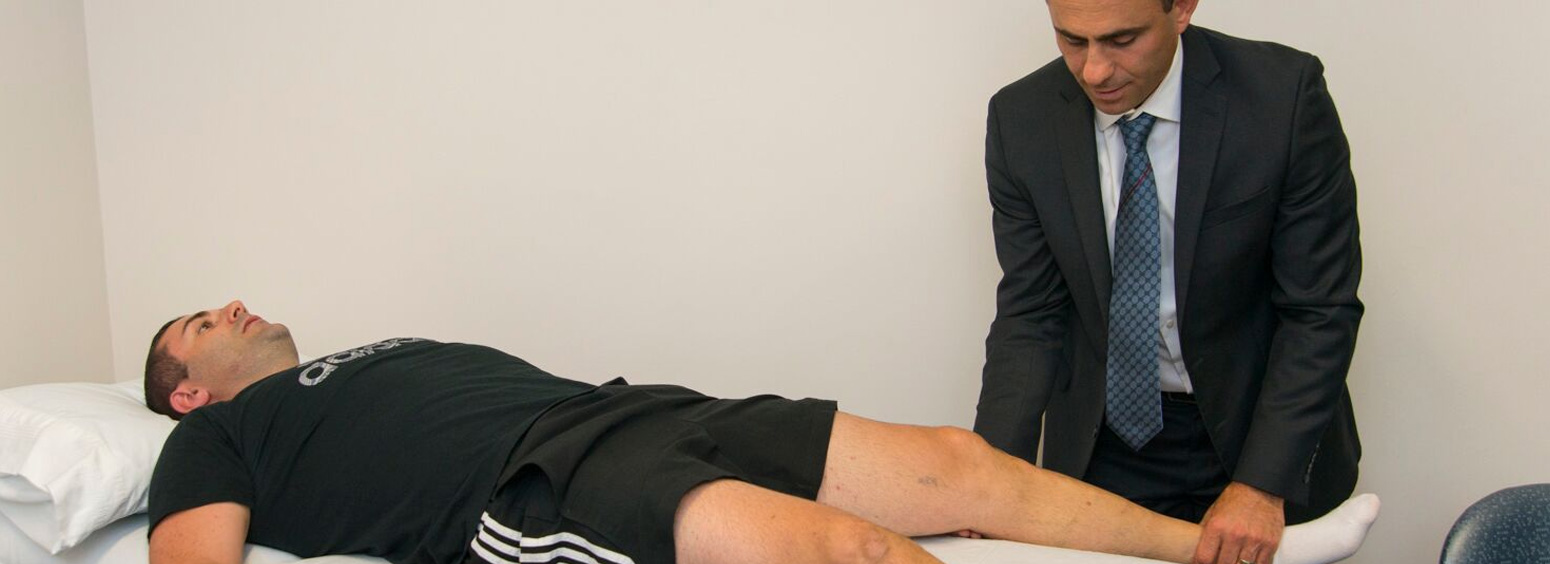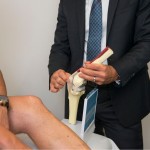Conditions / Knee / Adults
Uni Condylar Knee Replacement

What is a Uni Condylar knee replacement?
A uni condylar knee replacement is commonly known as a partial knee replacement.
In knee replacement surgery, we resurface your damaged bone and cartilage with metal and plastic components, whereas with uni condylar knee replacement, only a portion of the knee is resurfaced.
We use as an alternative to total knee replacement for suitable patients when the disease is limited to just one area of the knee.
As we use smaller incision for a partial knee replacement, patients usually spend less time in the hospital and have a faster recovery period with the ability to return to normal activities sooner than those patients who have a total knee replacement.
When is a partial knee replacement possible?
Your knee is divided into three major compartments:
- Medial compartment (the inside part of the knee)
- Lateral compartment (the outside part)
- Patellofemoral compartment (the front of the knee between the kneecap and thighbone)
When advanced OA is limited to a single compartment it may be treated with a partial knee replacement. We replace the compartment with metal and plastic, and the healthy cartilage, bone and ligaments are preserved.
Studies have shown that a majority of appropriate candidates for partial knee replacement surgery have good results.
The advantages over total knee replacement surgery include:
- Quicker recovery
- Less pain after surgery
- Less blood loss
There has also been evidence that has shown that as the bone, cartilage, and ligaments in the healthy parts of the knee remain intact that many patients report the knee feels more natural than a total knee replacement.
However there area disadvantages of partial knee replacement compared with total knee replacement which can include:
- Slightly less predictable pain relief
- Potential need for more surgery if a total knee replacement becomes necessary in the future if arthritis develops in the parts of the knee that have not been replaced.



